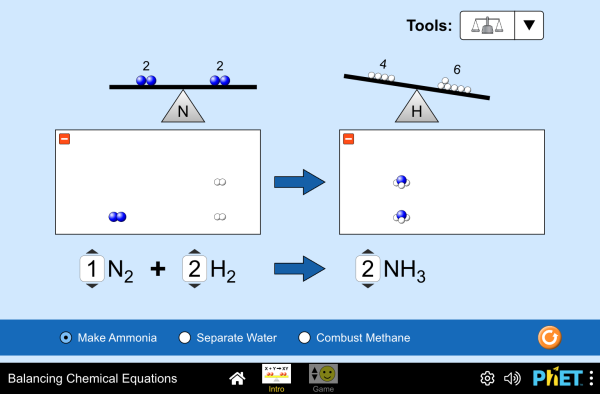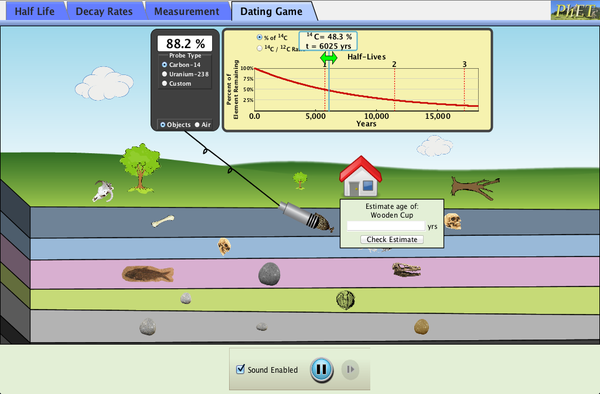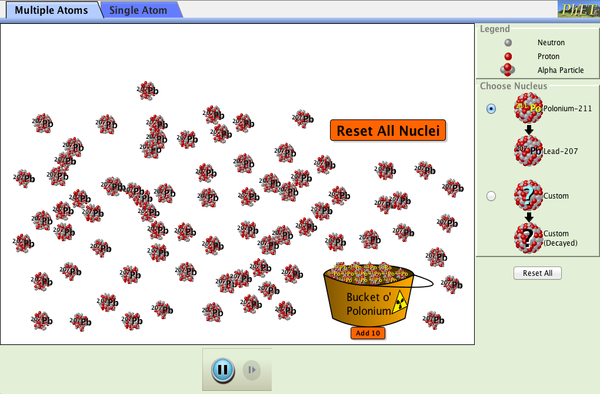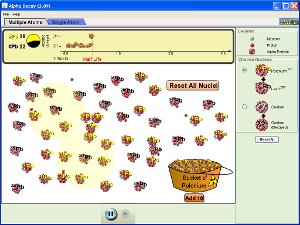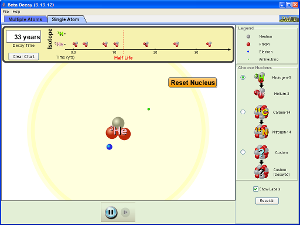CHEMICAL PROCESSES REQUIRES AN ENERGY CHANGE AS ATOMS ARE REARRANGED
Please use the following information to support you as you learn about the following topics:
- Explain how the rearrangement of atoms makes new products in a chemical reaction.
- What is an acid material? What is a basic material?
- How is the law of conservation of mass used to investigate chemical change?
- How do changes in chemical energy contribute to types of chemical reactions? What are endothermic and exothermic reactions?
- What are the practical applications and implications of chemical processes?
- How do first people use chemical processes as for food and material production?
CHAPTER 4 REVIEW
Chapter 4.1
Organization of the periodic table
A tour of the Periodic Table
The Periodic Table: from history to organisation
Introduction to the Periodic Table
A periodic table that shows how elements are used
Wooden Periodic Table – Theodor Gray
The Periodic table: Elements and Bonding
Poetic Periodic Table
Periodic table quiz
Another version of the Bohr Atom
The Bohr Model of Hydrogen Atom Narrated
The Bohr Model of Hydrogen Atom
Counting Protons, Electrons and Neutrons Drill
[youtube https://www.youtube.com/watch?v=ljvX-RMv_lw]
Ionic bonding (interactive tutorial)
- Lewis Model
Building Molecules with Lewis Dot Structures
How to write Lewis Dot Structures
Lewis Dot Diagrams
Going further: quarks and leptons and fermions and muons
[youtube https://www.youtube.com/watch?v=LraNu_78sCw&w=560&h=315]
[youtube https://www.youtube.com/watch?v=edgsmtUH954&w=560&h=315]
[youtube https://www.youtube.com/watch?v=LraNu_78sCw?rel=0]
[youtube https://www.youtube.com/watch?v=U0kXkWXSXRA?rel=0]
Chapter 4.2
- Writing Ionic Formulas
- Writing Chemical Formulas with Ionic Compounds:
- [youtube https://www.youtube.com/watch?v=URc75hoKGLY?rel=0]
- [youtube https://www.youtube.com/watch?v=URc75hoKGLY?rel=0]
Formula Nomenclature Game
Names to Formulas Practice - Naming Ionic Compounds
Formula to Name Instant Practice: both ionic and covalent
Formula to Name Instant Practice: with transitional metals - Covalent Formulas
- Naming Covalent Compounds
- Diatomic Molecules
The structure of the Elements
Chapter 4.3
[youtube https://www.youtube.com/watch?v=x9iZq3ZxbO8]
[youtube https://www.youtube.com/watch?v=J5hM1DxaPLw]
- Writing Chemical Equations
- Balancing Chemical Equations
Conservation of Mass
Conservation of Mass Animation
Balancing Chemical Equations Animation
Balancing Instant Practice
Balancing Equations Practice
Chapter 5
- Ph scale and Indicators
Animated ph scale
The pH scale animated
ph scale
pH of common substances
BBC BITESIZE – Acids, Bases and Metals
Acids, Bases and Salts – Review of Lab “Three Salts”
how acids are named: [youtube https://www.youtube.com/watch?v=5Jb2u9ihfm4]
- Organic Chemistry – Crash Course: [youtube https://www.youtube.com/watch?v=UloIw7dhnlQ?rel=0]
TEK – 5.1 pH testing of seawater – how to monitor for saxotoxins
Paralytic Shellfish Poisoning(PSP) – how does it enter into the food web?
How do PSP affect respiratory functions? – toxins that affect ion channels.
How do scientists test for Paralytic Shellfish Poisoning?
How does the pH of seawater alter the amount of Saxotoxins in Seawater
Sci10 Inquiry Project Chemistry _posted
Chapter 6
- Types of Chemical Reactions
Fine types of Chemical Reactions - [youtube https://www.youtube.com/watch?v=RdI1HyjRyF4] [youtube https://www.youtube.com/watch?v=7RmvwQtGCbE] [youtube https://www.youtube.com/watch?v=Az20UP2Delc]
- https://phet.colorado.edu/sims/html/balancing-chemical-equations/latest/balancing-chemical-equations_en.html
- Predicting Products in chemical reactions
- Rate of Reactions
- [youtube https://www.youtube.com/watch?v=uy-Y08qYpwQ?rel=0]
Learn more about reaction rates and material Science
Action Of Catalyst - Practice balancing chemical equations:
Ch. 7 Atomic Theory Explains Radioactivity
- Radioactive Decay: α, β, γ
Alpha, Beta and Gamma decay
Radioactivity
Radioactive decay
Nuclear decay
Self-guided tour of Electromagnetic Spectrum - Half-Life, Decay Curve
Radioactive decay - Learn more about radioactive data:
Practice working with alpha and beta decay: Alpha Radiation:
Nuclear Fission
Nuclear Fission Animation
Fission vs Fusion Animation
Nuclear Power Plant Illustration - Nuclear Fusion
Nuclear Technology: applications of fission and fusion - Learn more about the Nuclear Reactor failure in Japan-NYT
[youtube https://www.youtube.com/watch?v=_pY5HeZpNr8?rel=0]
Fission Vs Fusion: What is the difference?
[youtube https://www.youtube.com/watch?v=KWAsz59F8gA]
[youtube https://www.youtube.com/watch?v=3rn339v_Q-w?rel=0]
Canadian Safety Nuclear Commission (your one stop research site) *****
Nuclear Power the Basics Explained
Learn more about the most radioactive places on earth:
[youtube https://www.youtube.com/watch?v=TRL7o2kPqw0?rel=0]
CHERNOBYL MUSEUM
Learn how to write alpha decay equations:
Use the following pHET Sims to learn more about radioactive decay.
[youtube https://www.youtube.com/watch?v=QQ1QbU0GZAg]
[youtube https://www.youtube.com/watch?v=tTuJekum1gA]
Beryllium – Periodic table of videos
5 fast facts about Beryllium
- Be – is the chemical symbol for Beryllium
- Be – is what the gemstone emerald is made of
- Be – isotopes are created in stars
- Be – has a small atomic radii
- Be – has a low atomic number (# of protons) – this makes beryllium transparent to energetic particles

